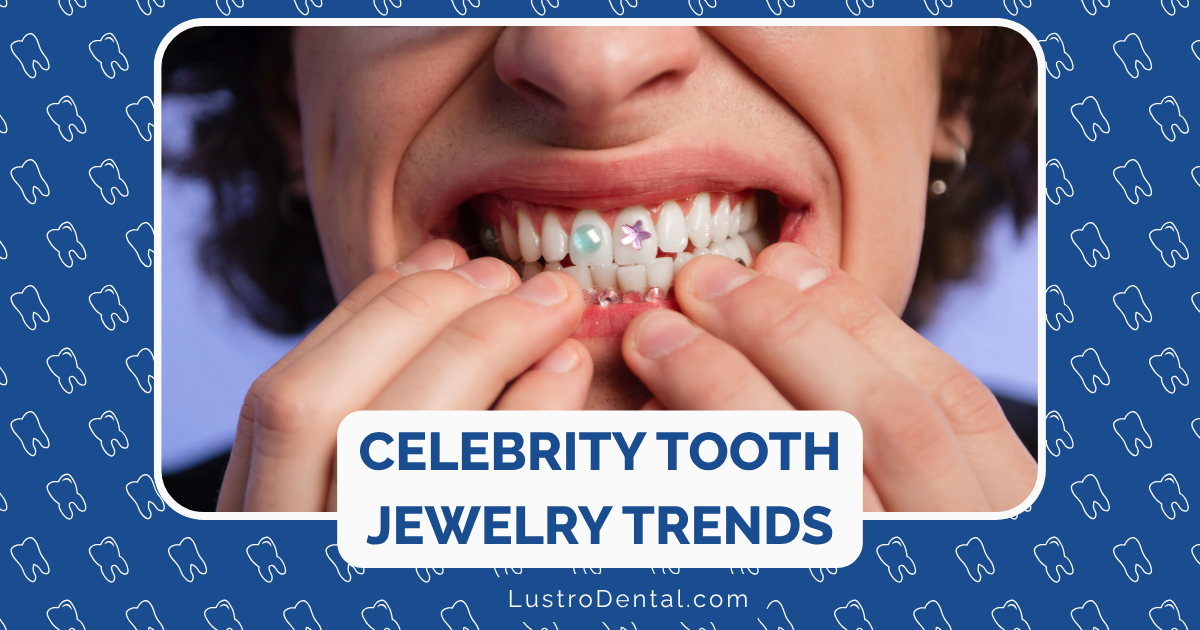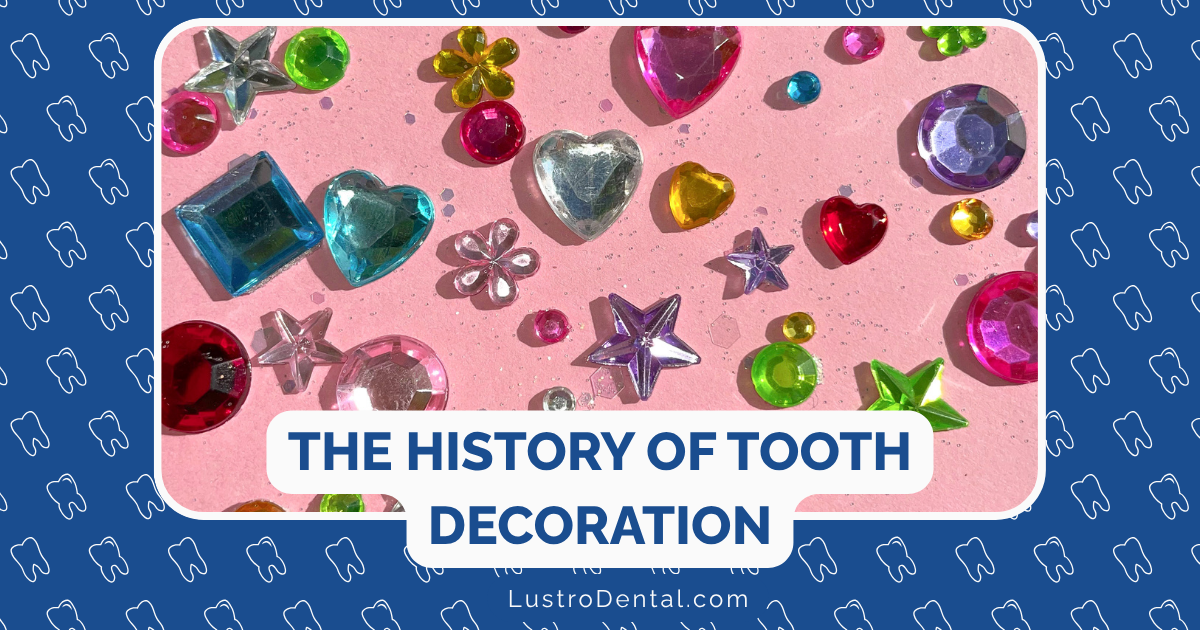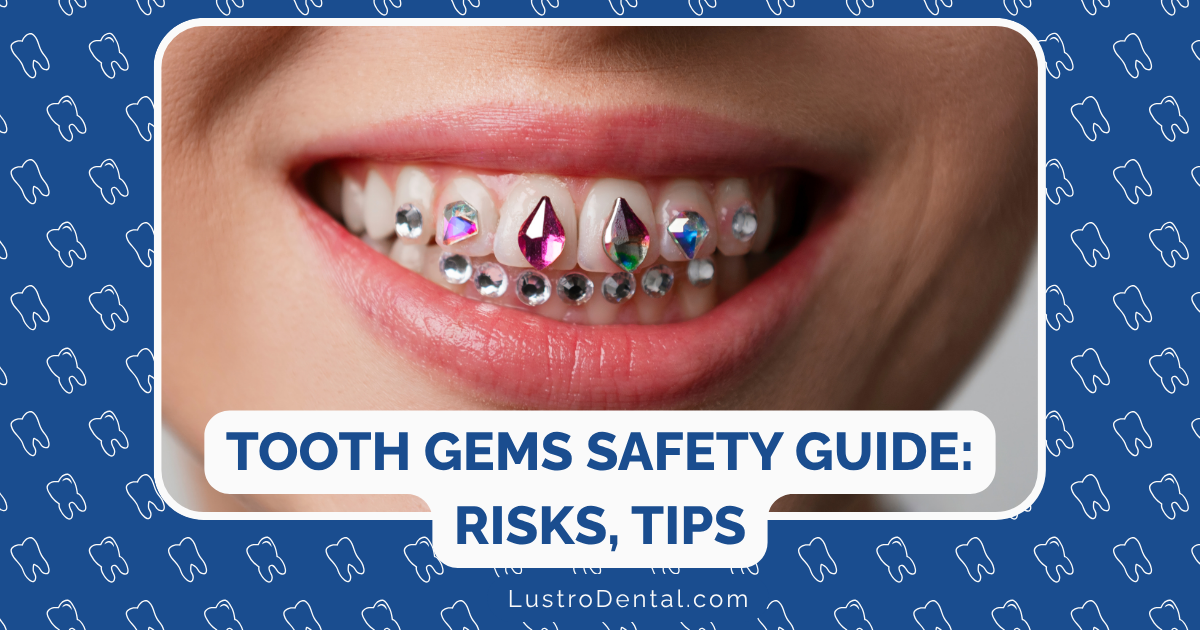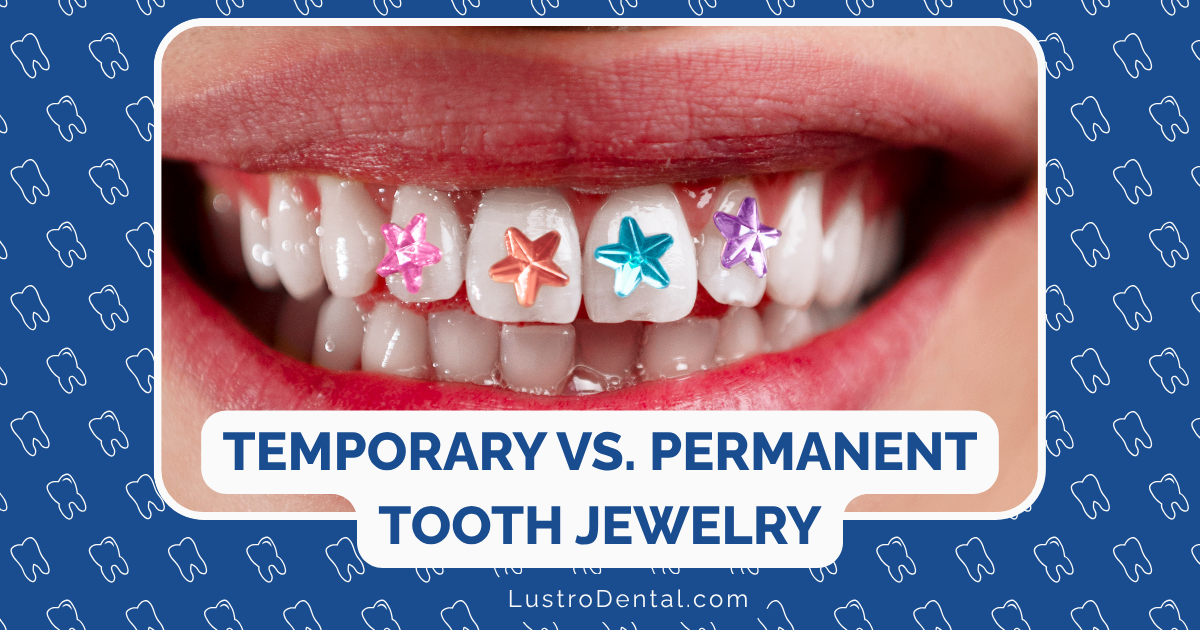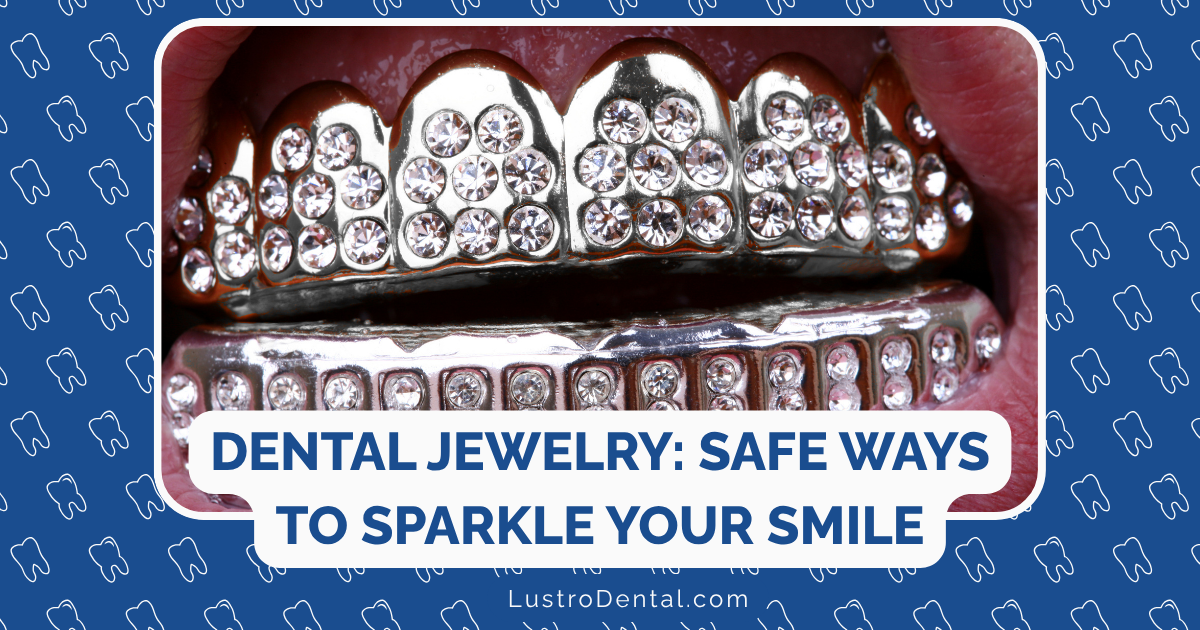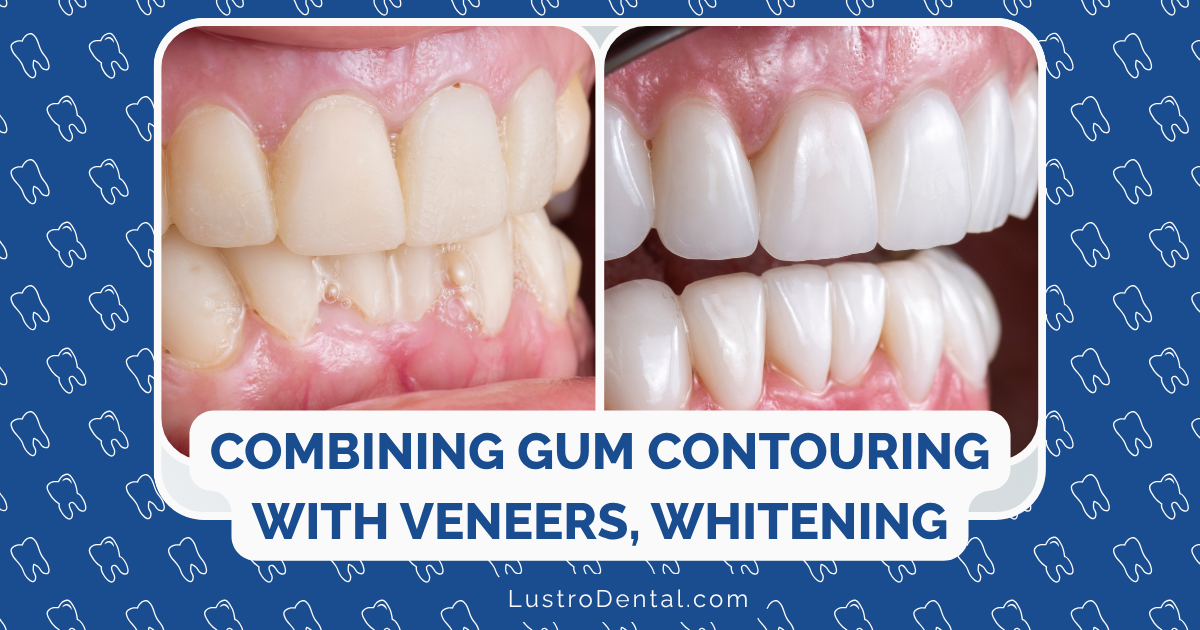Professional Whitening vs. Over-the-Counter in 2025: What’s Worth Your Money?

The quest for a brighter smile has never offered more options than it does in 2025. From high-tech professional treatments to innovative over-the-counter solutions, the teeth whitening landscape has evolved dramatically. But with prices ranging from $5 to $1,000+, the big question remains: which whitening options are actually worth your money?
As someone who’s analyzed the effectiveness, safety, and value of whitening treatments for years, I can tell you that the answer isn’t one-size-fits-all. The “best” choice depends on your specific goals, budget, timeline, and oral health situation. Let’s break down the professional and over-the-counter options available in 2025, so you can make an informed decision about what’s truly worth your investment.
The Whitening Landscape in 2025: What’s Changed?
Before diving into comparisons, it’s worth noting how teeth whitening has evolved in recent years:
- AI-personalization now tailors treatments to your specific enamel thickness and sensitivity
- Nanotechnology has improved both professional and OTC products for deeper, more even whitening
- Smart devices connect to apps that track progress and optimize treatment
- Enamel-strengthening formulas whiten while actually improving tooth health
- Sustainable options have reduced environmental impact
With these innovations in mind, let’s examine what both professional and over-the-counter options offer in 2025.
Professional Whitening Options in 2025
Professional whitening has seen significant advancements, with several options now available:
1. In-Office Power Whitening
What it is: Single-visit treatments performed in a dental office using high-concentration whitening agents (typically 25-40% hydrogen peroxide) often activated by LED, laser, or other light technologies.
2025 Innovations:
- AI-assisted shade matching for more natural results
- Enamel-strengthening additives that prevent sensitivity
- Precision application systems that protect gum tissue
- Faster treatment times (now averaging 60 minutes vs. 90+ previously)
Cost: $350-$1,200 per treatment (national average: $575)
Results: 5-10 shades lighter in a single visit
Duration: Results typically last 1-3 years with proper maintenance
Pros:
- Immediate, dramatic results
- Professional supervision ensures safety
- Customized treatment based on your specific needs
- Gum protection and desensitizing treatments included
- Consistent, even whitening across all visible teeth
Cons:
- Highest cost option
- Requires office visit and appointment
- Some people may still experience temporary sensitivity
Dr. Sarah Johnson, a cosmetic dentist at the American Academy of Cosmetic Dentistry, notes: “In-office whitening has become much more comfortable in 2025. The new generation of whitening gels combined with AI-customized treatment protocols has significantly reduced sensitivity while improving results.”
2. Dentist-Provided Take-Home Kits
What it is: Custom-fitted trays with professional-strength whitening gel (typically 10-22% carbamide peroxide) for use at home under a dentist’s guidance.
2025 Innovations:
- 3D-printed custom trays from digital scans for perfect fit
- Smart trays with LED activation built in
- Gradient formulations that adapt to different teeth
- App-connected monitoring that alerts your dentist to sensitivity
Cost: $200-$600 (national average: $375)
Results: 4-8 shades lighter over 1-2 weeks of use
Duration: Results typically last 1-2 years with occasional touch-ups
Pros:
- Professional-strength results at home
- Custom-fitted trays prevent gel leakage onto gums
- Dentist supervision and customization
- More gradual whitening with less sensitivity
- More control over the whitening process
Cons:
- Requires multiple applications over 1-2 weeks
- Requires discipline to follow the regimen
- More expensive than OTC options
3. Hybrid LED-Accelerated Systems
What it is: A newer category combining professional oversight with advanced at-home technology, featuring higher-strength gels and professional-grade LED devices.
2025 Innovations:
- Wireless LED mouthpieces with multiple light wavelengths
- Prescription-strength gels not available over the counter
- Teledentistry monitoring of progress and side effects
- Customized treatment algorithms based on initial results
Cost: $300-$700 (national average: $450)
Results: 4-7 shades lighter over 5-10 days
Duration: Results typically last 1-2 years
Pros:
- Combines convenience of home treatment with professional results
- Faster than traditional take-home kits
- Professional monitoring without multiple office visits
- Adjustable intensity based on sensitivity
Cons:
- Higher cost than OTC options
- Requires more time than in-office treatment
- Technology learning curve for some users
Over-the-Counter Whitening Options in 2025
The OTC whitening market has exploded with innovations, offering more effective options than ever before:
1. Advanced Whitening Strips
What it is: Flexible strips coated with hydrogen peroxide gel that adhere to teeth.
2025 Innovations:
- Nano-infused formulas for deeper penetration
- Dissolving strip technology for convenience
- Enamel-safe formulations with remineralizing ingredients
- Smart packaging with freshness indicators
Cost: $25-$75 (national average: $45)
Results: 2-4 shades lighter after full treatment
Duration: Results typically last 3-6 months
Pros:
- Affordable and widely available
- Easy to use with minimal mess
- More effective than previous generations
- Can be used discreetly
Cons:
- Limited strength (3-10% hydrogen peroxide)
- Results take longer to achieve
- May cause sensitivity with overuse
- Can create uneven whitening if strips don’t cover all visible teeth
2. LED Whitening Kits
What it is: At-home kits featuring LED light devices paired with whitening gel and universal mouth trays.
2025 Innovations:
- Multi-wavelength LED technology
- App connectivity for tracking and guidance
- Improved mouth tray designs for better coverage
- Sensitivity-detecting formulations that adjust strength
Cost: $50-$200 (national average: $100)
Results: 3-5 shades lighter after full treatment
Duration: Results typically last 4-8 months
Pros:
- More affordable than professional options
- LED acceleration provides better results than strips alone
- App guidance improves compliance and results
- No dentist visit required
Cons:
- Universal trays may not fit perfectly
- Lower gel concentrations than professional versions
- Results more variable than professional treatments
- Some cheaper models have ineffective lights
According to a 2024 study in the Journal of Cosmetic Dentistry, “Consumer LED devices show significant variation in effectiveness, with premium models achieving up to 70% of professional results while budget models often perform no better than whitening strips alone.”
3. Whitening Toothpastes and Pens
What it is: Daily-use products with lower concentrations of whitening agents for maintenance or mild whitening.
2025 Innovations:
- Enzyme-activated whitening that continues working after brushing
- Smart whitening toothbrushes with built-in LED and sonic technology
- Precision pens with targeted application tips
- Natural whitening compounds derived from fruits and plants
Cost: $5-$50 (national average: $15 for toothpaste, $30 for pens)
Results: 1-2 shades lighter with consistent use
Duration: Results maintain as long as product use continues
Pros:
- Most affordable option
- Easy to incorporate into existing routine
- Minimal sensitivity issues
- Good for maintenance after other treatments
Cons:
- Limited whitening potential
- Requires consistent, long-term use
- Results develop very gradually
- Not effective for moderate to severe discoloration
Cost vs. Value: The Real Calculation
When determining what’s “worth it,” we need to look beyond the initial price tag to consider value over time:
Cost Per Shade Change
If we calculate the approximate cost per shade of whitening:
- In-office professional: $60-120 per shade
- Take-home professional kits: $50-75 per shade
- LED at-home kits: $25-40 per shade
- Whitening strips: $10-20 per shade
- Whitening toothpaste: $7-15 per shade (over 3 months)
Cost Per Year of Result
Looking at annual cost to maintain results:
- In-office professional: $175-400 per year (assuming 2-year duration)
- Take-home professional kits: $150-300 per year
- LED at-home kits: $150-300 per year (assuming retreatment every 6 months)
- Whitening strips: $100-180 per year (assuming retreatment every 4 months)
- Whitening toothpaste: $60-180 per year (continuous use)
Dr. Michael Chen, a dental economist at Dental Economics Institute, observes: “When patients factor in the frequency of retreatment needed with lower-cost options, many find that professional treatments offer better long-term value despite higher initial investment.”
Matching Options to Your Situation
Different whitening approaches make sense for different people. Here’s a guide to help you decide:
Professional Whitening Is Likely Worth It If:
- You have significant discoloration (especially tetracycline stains or fluorosis)
- You need results quickly (for a wedding, job interview, etc.)
- You have sensitive teeth (and need professional desensitizing treatments)
- You have uneven coloration (that requires customized treatment)
- You have dental work (crowns, veneers that need to be matched)
- You value long-lasting results with minimal maintenance
OTC Options Are Likely Worth It If:
- You have mild to moderate yellowing
- You’re on a tight budget
- You have time for gradual whitening
- You’re maintaining results from previous professional treatment
- You have minimal sensitivity issues
- You’re whitening for the first time to see how your teeth respond
Safety Considerations in 2025
While whitening technology has advanced, safety remains an important consideration:
Professional Advantages:
- Pre-treatment examination to identify potential issues
- Custom application to protect gums and sensitive areas
- Immediate intervention if sensitivity or irritation occurs
- Appropriate strength based on your specific needs
- Identification of unsuitable candidates (those with certain conditions should avoid whitening)
OTC Cautions:
- Overuse risk without professional oversight
- Potential enamel damage with improper use
- Undiagnosed dental issues that could be worsened
- Uneven results from improper application
- Unrealistic expectations about possible results
Dr. Lisa Rodriguez, a cosmetic dentistry specialist at American Dental Association, advises: “Even with advanced OTC options in 2025, I still recommend a dental check-up before any whitening regimen. Some conditions like cracked teeth, exposed roots, or certain types of discoloration won’t respond to whitening and could be worsened by it.”
New Technologies Worth Watching
Several emerging technologies are showing promise in 2025:
1. Ultrasonic Whitening
Professional ultrasonic treatments use sound waves to enhance penetration of whitening agents, potentially reducing treatment time and sensitivity. Early studies show promising results with shorter application times.
2. Bioactive Glass Remineralization
New bioactive materials are being incorporated into both professional and OTC products to actively repair microscopic enamel damage during the whitening process, addressing the primary concern with traditional whitening methods.
3. Photosensitive Nanoparticles
These advanced formulations activate only when exposed to specific light wavelengths, allowing for more precise whitening with less gel and reduced sensitivity. Currently available in limited markets but expanding in 2025.
The Verdict: What’s Actually Worth Your Money in 2025?
After analyzing the latest options, here’s my assessment of what’s worth your investment:
Best Value for Significant Whitening:
Professional take-home kits offer the best balance of results, cost, and convenience for most people seeking significant whitening. The 2025 versions with 3D-printed trays and app monitoring provide professional-level results with greater comfort than previous generations.
Best Budget Option:
Premium whitening strips from reputable brands offer reasonable results for those with mild to moderate yellowing. The nano-enhanced formulas available in 2025 show marked improvement over previous generations, though results still don’t match professional options.
Best for Immediate Results:
In-office professional whitening remains unmatched for speed and dramatic results. The 2025 treatments with AI customization and sensitivity prevention make this a worthwhile investment for those needing quick, significant whitening.
Best for Maintenance:
Smart whitening toothbrushes paired with whitening toothpaste offer excellent maintenance of previously whitened teeth. The combination of gentle whitening agents with LED and sonic technology provides steady results without additional treatments.
Conclusion: Making an Informed Decision
The teeth whitening landscape of 2025 offers more effective options at every price point than ever before. While professional treatments still provide superior results, the gap between professional and OTC options has narrowed with recent technological advances.
Your best choice depends on your specific situation—the degree of whitening desired, your budget, timeline, and oral health status. For significant whitening with lasting results, professional options still offer the best value despite higher initial costs. For maintenance or mild whitening, today’s advanced OTC products can be a cost-effective solution.
Whatever option you choose, consult with your dentist before beginning any whitening regimen to ensure your teeth are healthy enough for treatment and to determine which approach is most likely to give you the results you’re looking for.
Have you tried any of the newest whitening technologies? Share your experience in the comments below about which option might be best for your specific situation.


